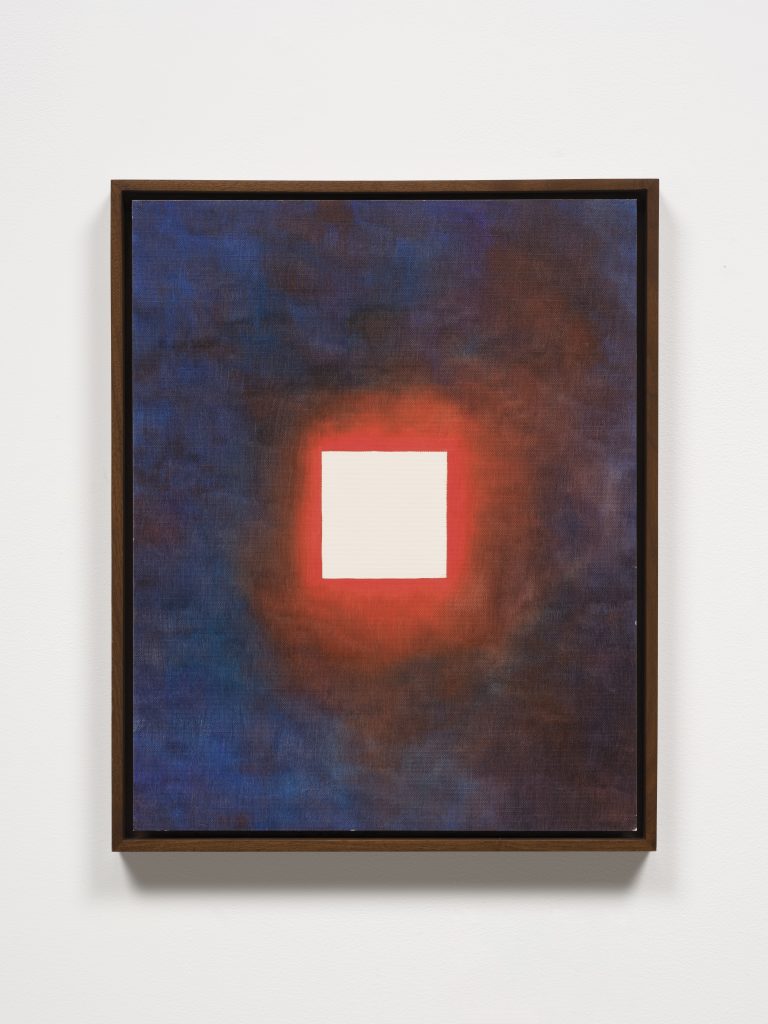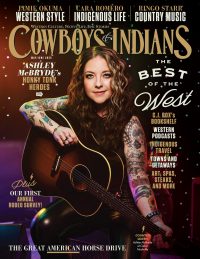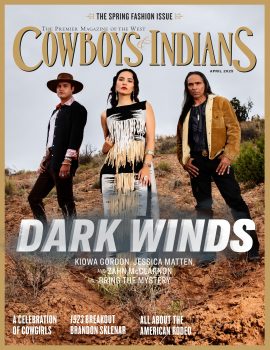From global avant-garde circles to the open skies of the American West, Hurtado found her voice as a painter and feminist icon, achieving recognition in her 90s for art that celebrates interconnectedness and the sublime.
She traveled the world with her three husbands, socializing in avant-garde circles with prominent artists and intellectuals. In New York, she spent time with Frida Kahlo, Willem de Kooning, Marc Chagall, Buckminster Fuller, and André Breton. In Los Angeles, it was Man Ray and Vincent Price. In Mexico, Luis Buñuel. In Rome, Peggy Guggenheim and Federico Fellini.
 Luchita Hurtado
Luchita Hurtado
Born in Venezuela, Luchita Hurtado moved to New York at age 8, then relocated to Santa Domingo, Mexico, Northern California, Italy, upstate New York, Chile, and eventually Santa Monica, California, with a second home outside of Taos, New Mexico, that she built with her third husband, artist Lee Mullican.
 Encounter, 1971. Oil on canvas, 50 x 95¾ inches.
Encounter, 1971. Oil on canvas, 50 x 95¾ inches.
Hurtado lived until age 99, but it wasn’t until her 90s that she finally found major recognition for her own art, with prestigious solo shows in Los Angeles, New York, and London, which led to her inclusion at age 98 on the TIME 100 list of the year’s most influential people. The New York Times dubbed her “Artist Who Became a Sensation in Her 90s.”
A modernist known for elements of magical realism, nature, corporality, surrealism, and environmentalism, Hurtado contemplates the interconnectedness of all things in her artwork. To see how that played out in the open-skied West, consider her minimalist Sky Skin series. “We know the Sky Skin works were created at her Arroyo Seco home.
 Untitled, c. 1975. Oil on canvasette, 16 x 20 inches.
Untitled, c. 1975. Oil on canvasette, 16 x 20 inches.
There are actually images of her with a canvas nailed to a latilla fence, where she’s painting the mountains in her back- yard, inspired by the mountain West,” says Nicole Dial-Kay, curator of exhibitions and collections at the Harwood Museum in Taos. In Mascara, weightless feathers float in a rich blue sky that’s framed by mountains — all of it from a unique perspective. “There is very much a bodily relation, like she’s lying on the ground, looking up, considering the presence of her own body against the mountains, against the sky, against the presence of birds. I think that interconnectedness is certainly part of it. We also know that she’s talked about these works, especially later in life, as looking up from the grave.”
Feather motifs, Dial-Kay points out, are often associated with lightness and spirituality and ethereal nature. Hurtado’s painting Encounter also evidences a Southwest influence, juxtaposing the soft human form against the hard geometry of a Mexican textile.
 Mist & Rain — July 1, ’75 Taos, 1971. Watercolor on paper, 20 x 15 inches.
Mist & Rain — July 1, ’75 Taos, 1971. Watercolor on paper, 20 x 15 inches.
Certainly it was in the West that Hurtado came into her own, basing herself there in her later life. In Los Angeles in the 1970s, she organized the feminist-leaning Los Angeles Council of Women Artists, which included Judy Chicago, and finally claimed art as her own career. In Taos, she and Mullican — to whom she remained married for four decades — befriended artists Ken Price, Larry Bell, and Agnes Martin. Hurtado spent summers in Taos, lunching with abstract minimalist painter Martin and hiking the mountains as long as she could, until her death in 2020. “She had a deep love for this place and the time she spent here. She painted the landscape overand over again,” Dial-Kay says. “There’s certainly a lot of imagery that’s getting pulled out of the West.”
 Untitled (Match triptych), c. 1970s. Oil on canvasette, 3 parts; each part 19¾ x 16 inches.
Untitled (Match triptych), c. 1970s. Oil on canvasette, 3 parts; each part 19¾ x 16 inches.
Greater forces are also at work in Hurtado’s art. As Dial- Kay notes, “She was always thinking in this very universal,cosmic scale, something larger and expansive.”
“From the beginning, painting has been a most integral part of my life,” Hurtado reflected. “I make clothes, I cook meals, I’ve raised children, I write poetry, and I keep a journal of my dreams as well as my days, but most important, I paint and consider myself a painter.”
The exhibition Luchita Hurtado: Earth & Sky Interjected is on view through February 23 at the Harwood Museum of Art in Taos, New Mexico (harwoodmuseum.org). Discover more at luchitahurtado.com and Hauser & Wirth gallery in Los Angeles (hauserwirth.com).
HEADER image: Mascara, 1975. Oil on canvas, 27 x 36 inches.
All images © The Estate of Luchita Hurtado. Courtesy of The Estate of Luchita Hurtado and Hauser & Wirth.














